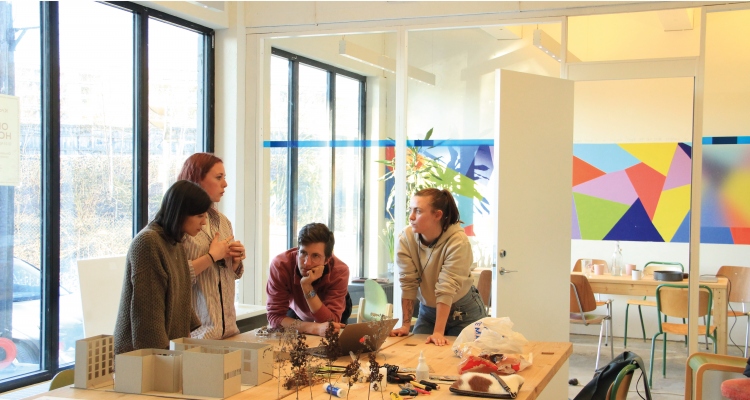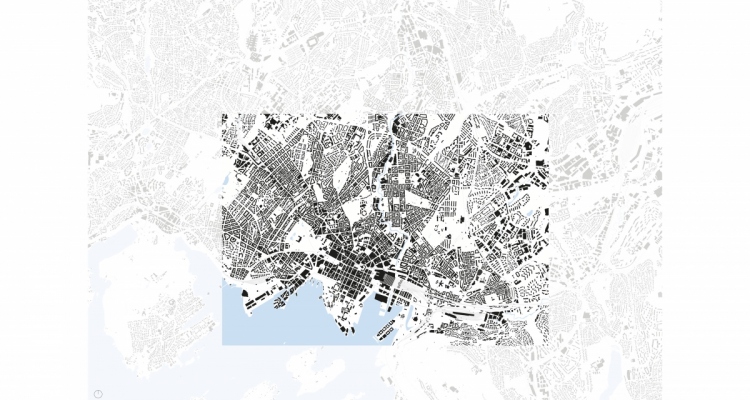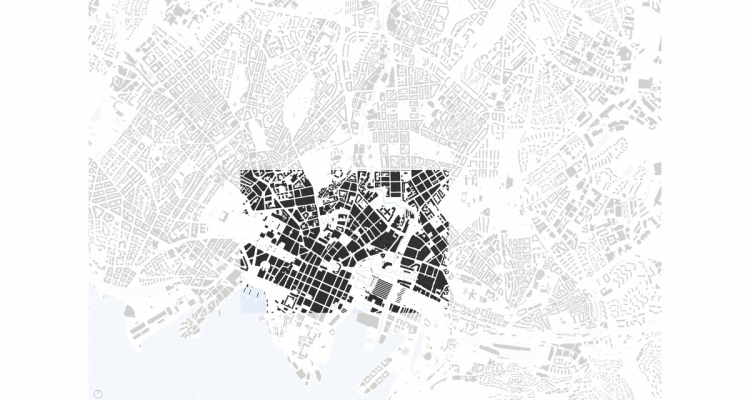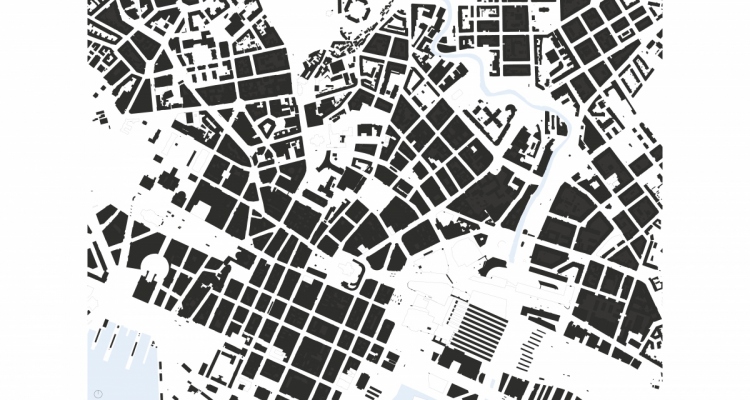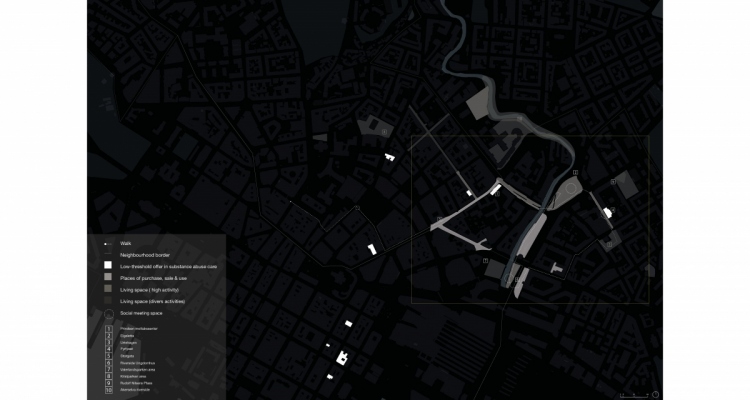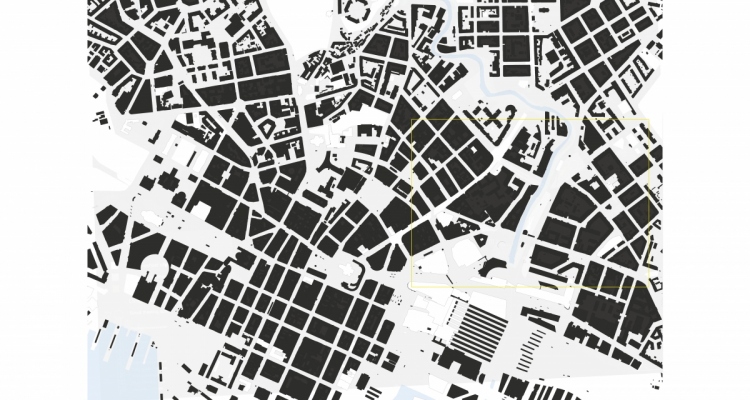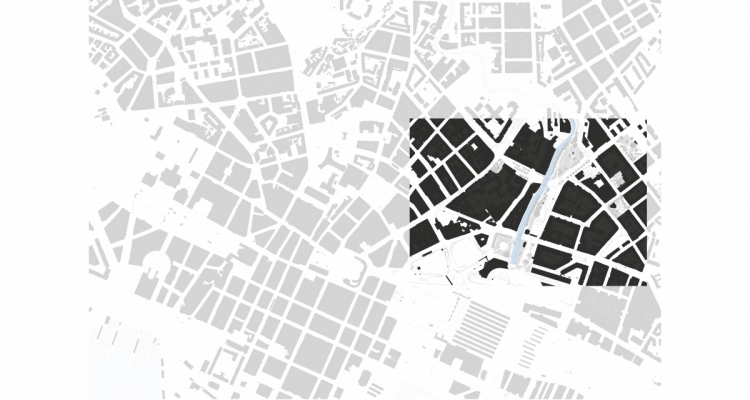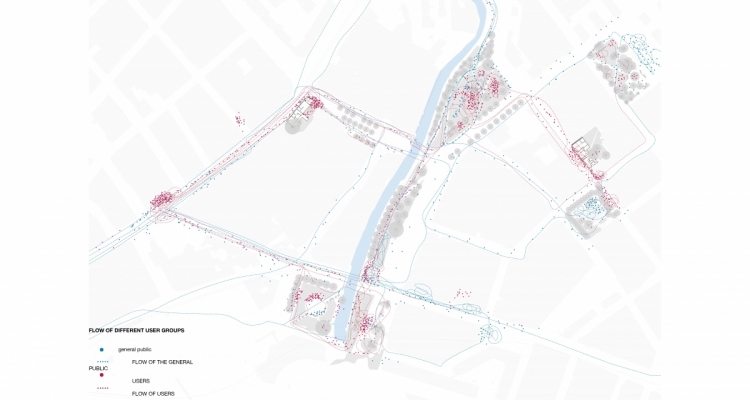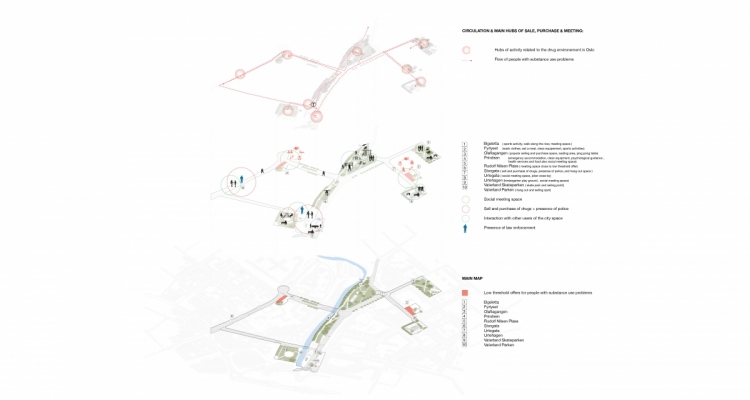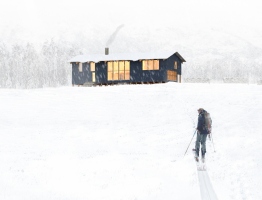Diplomprosjekt
Vår 2022
Institutt for urbanisme og landskap
Inverted Home: The right of public space for people with substance abuse problems, is a project based on a collaboration with the company Makerhubs in Oslo. Embrace is a project where we investigate how people with different needs can coexist in Oslo’s many urban spaces. In theory, we all have the same opportunities to use public space, but in practice it is still not so. Can Oslo be an inclusive city for everyone? Is it about not only planning for the society we want, but also for what already exists today. The project focuses in particular on involving drug users. Every day, drug users experience being expelled, discriminated against and not tolerated in the city’s spaces. For my diploma project I will explore and start a conversation around how to create urban spaces for everyone and more specifically to allow space for people with vulnerabilities such as drug addicts.
As a landscape architect I would like to involving myself in social complex topics, while using collaboration and participation. This has been the guiding tool through my process. I therefor propose an alternative method of research using mapping, photography, conducting interviews, model making and participative workshops. All this while working with Makershub and meeting people involved in the drug environment in Oslo. Working with people is a challenge which is time consuming and time restricting but it is absolutely primordial in projects that touch the social sphere. It is about taking risks and shifting the power towards the people that are concerned and influenced by the project, in this case, involving drug users.

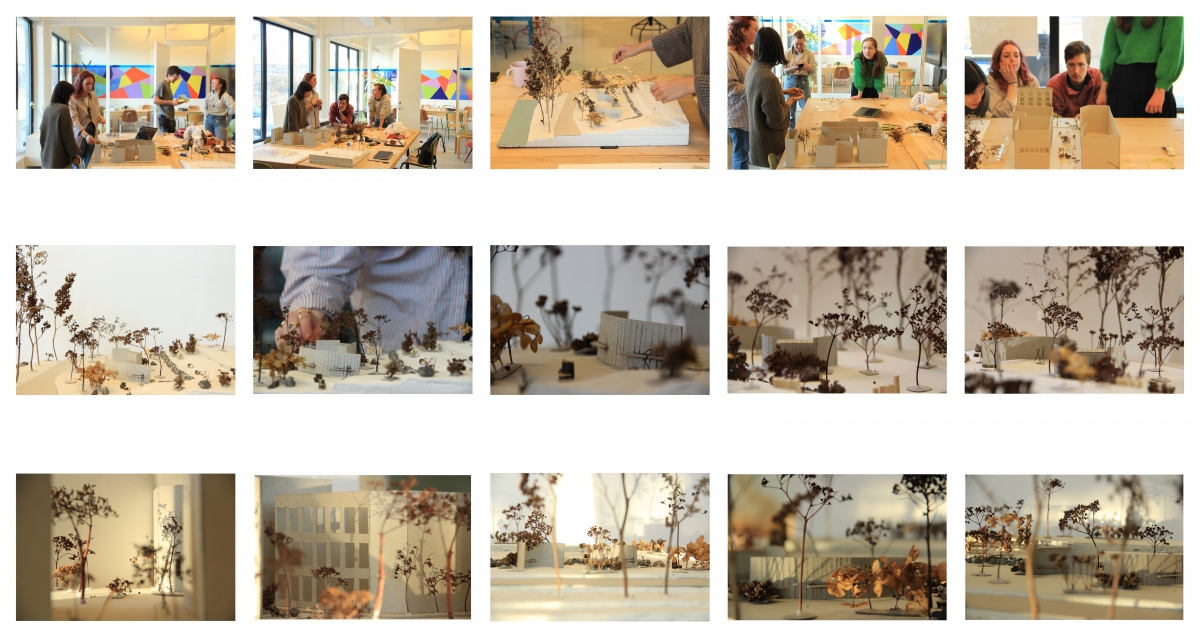

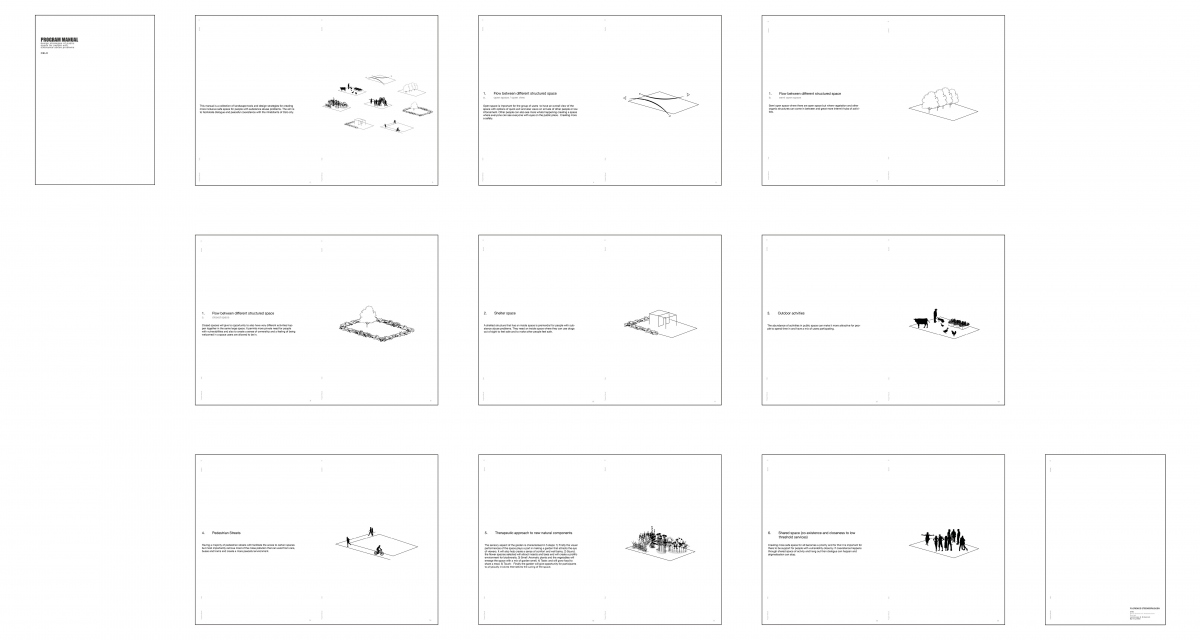
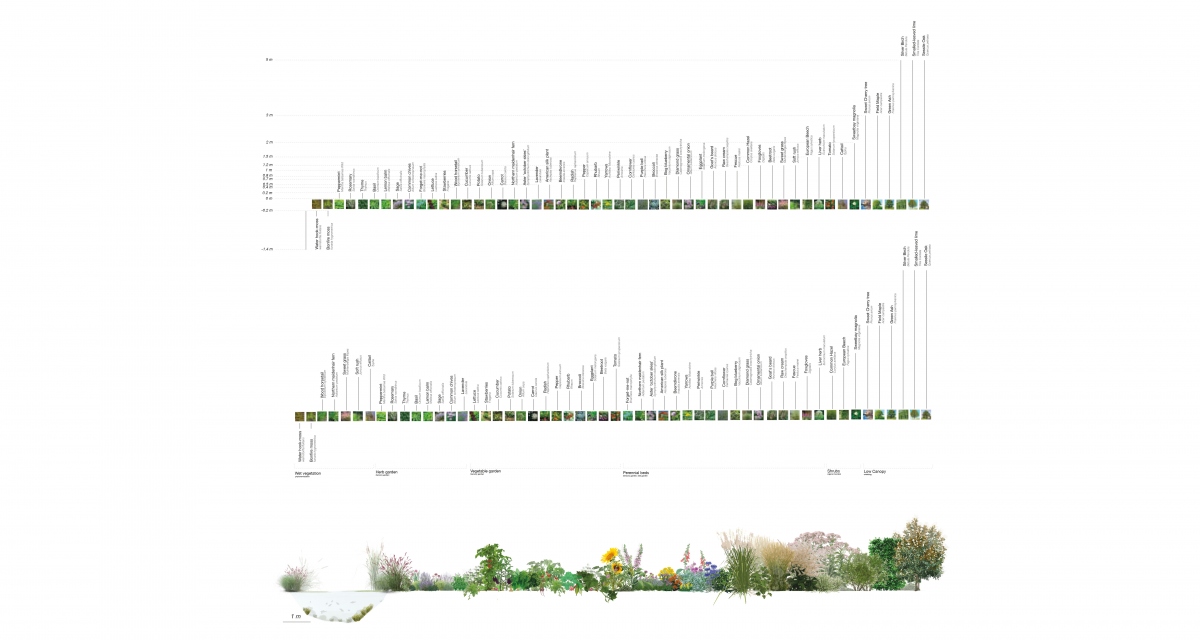

The information gathered from all this different methods brings me to a mix of different suggestions on how drug users can feel more safe. The possibility of creating rooms of privacy and intimacy within public space, where drug users are allowed to be, would permit a form of ownership and acceptance for drug users. Spaces they feel safe, sheltered from the rest of the public eye while still being integrated in society. This bringing healing qualities into the complex urban fabric made of many different social practises that collide where there is a need for a more harmonious environment for peaceful coexistence. Creating spaces of activity, spaces of relaxation, sharing spaces of possible encounters, all of that whiles uplifting the ecology of the natural environment.

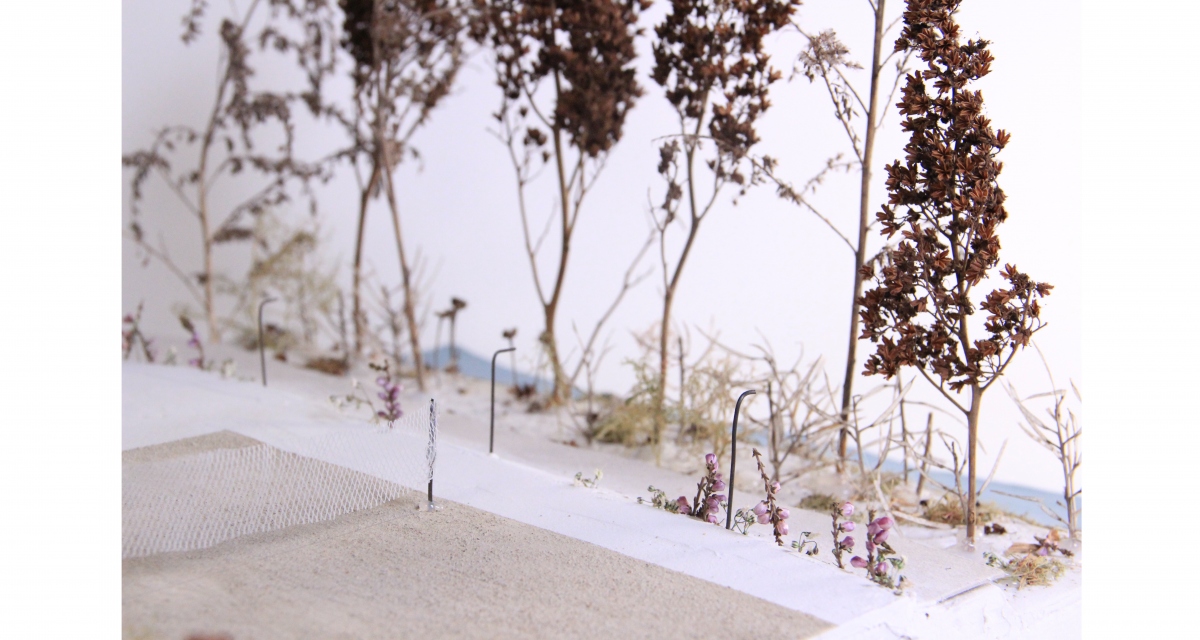

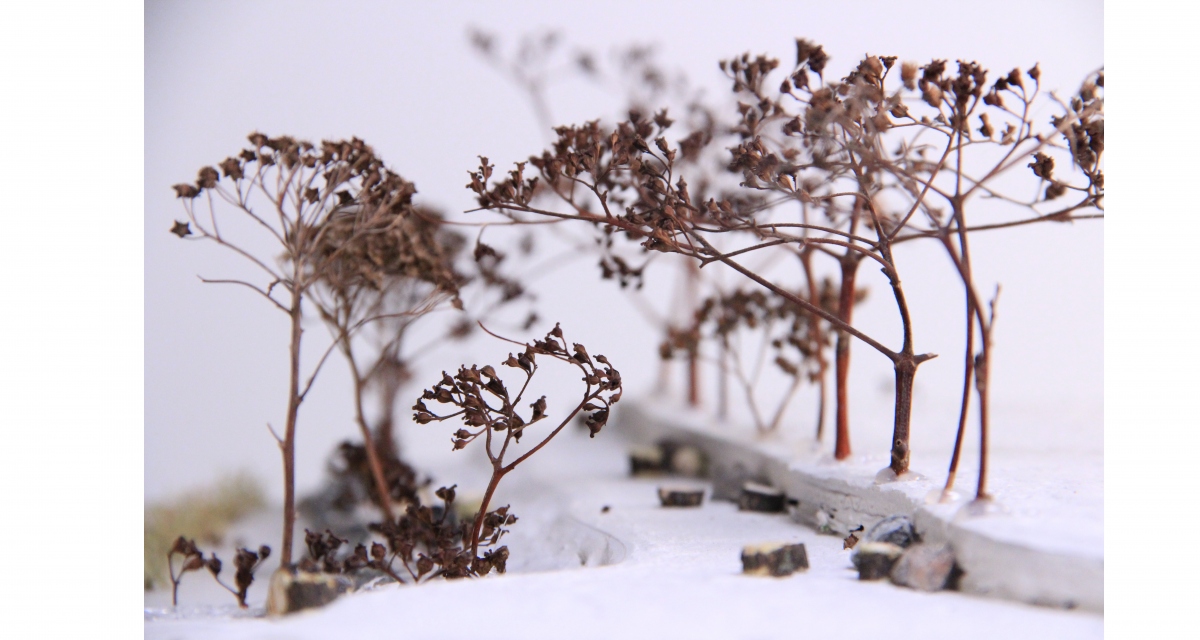
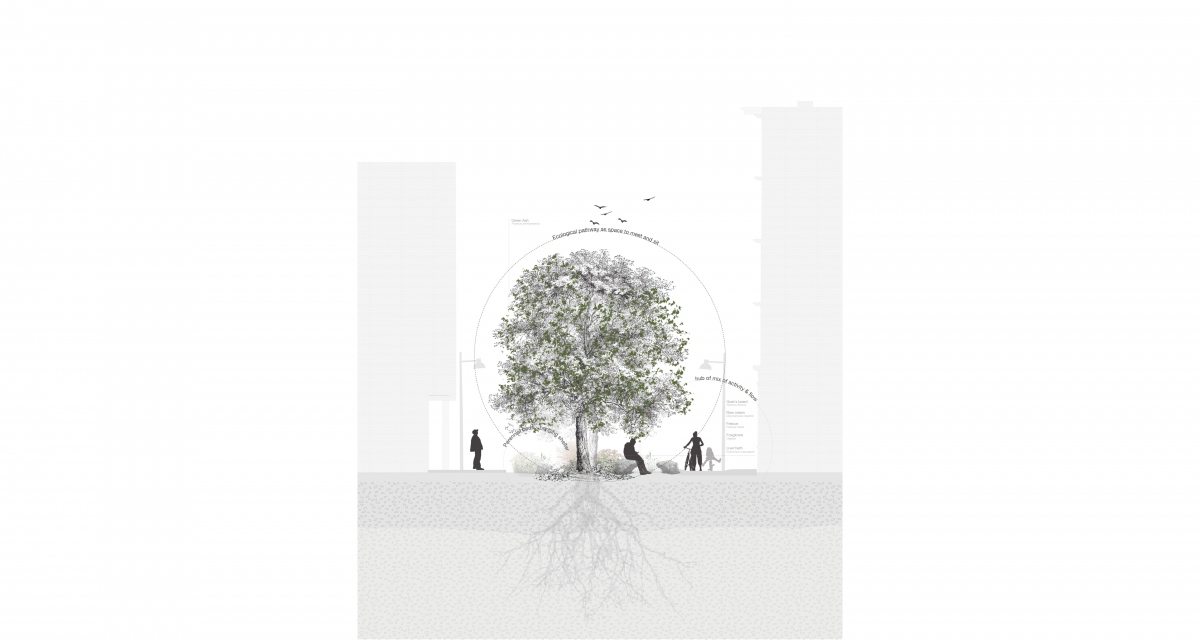
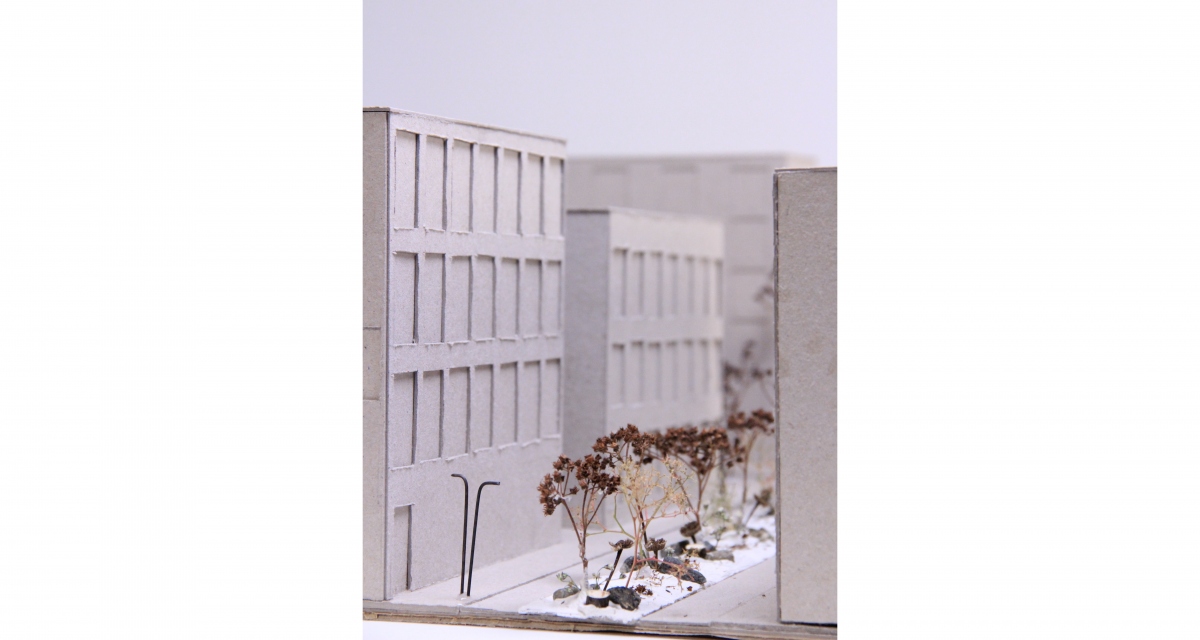

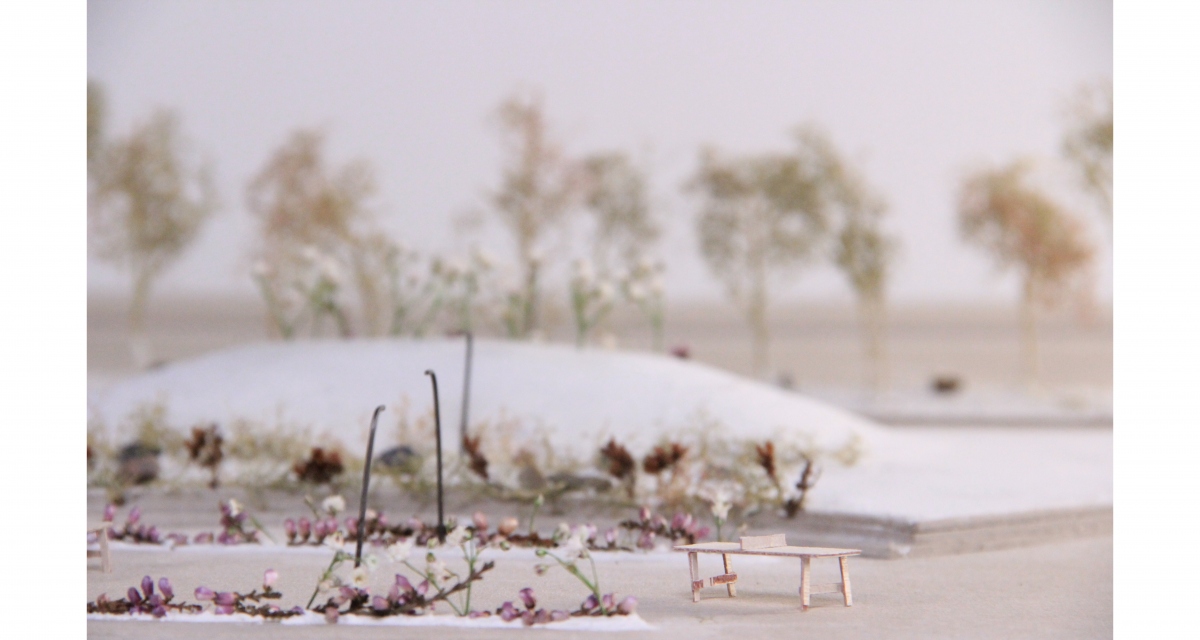
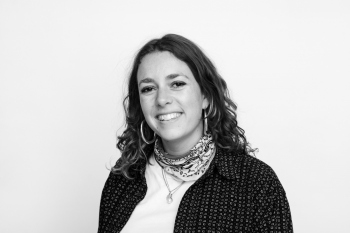
Florence Steenebruggen / fsteenebruggen@yahoo.fr / https://fsteenebruggen.wixsite.com/mysite
